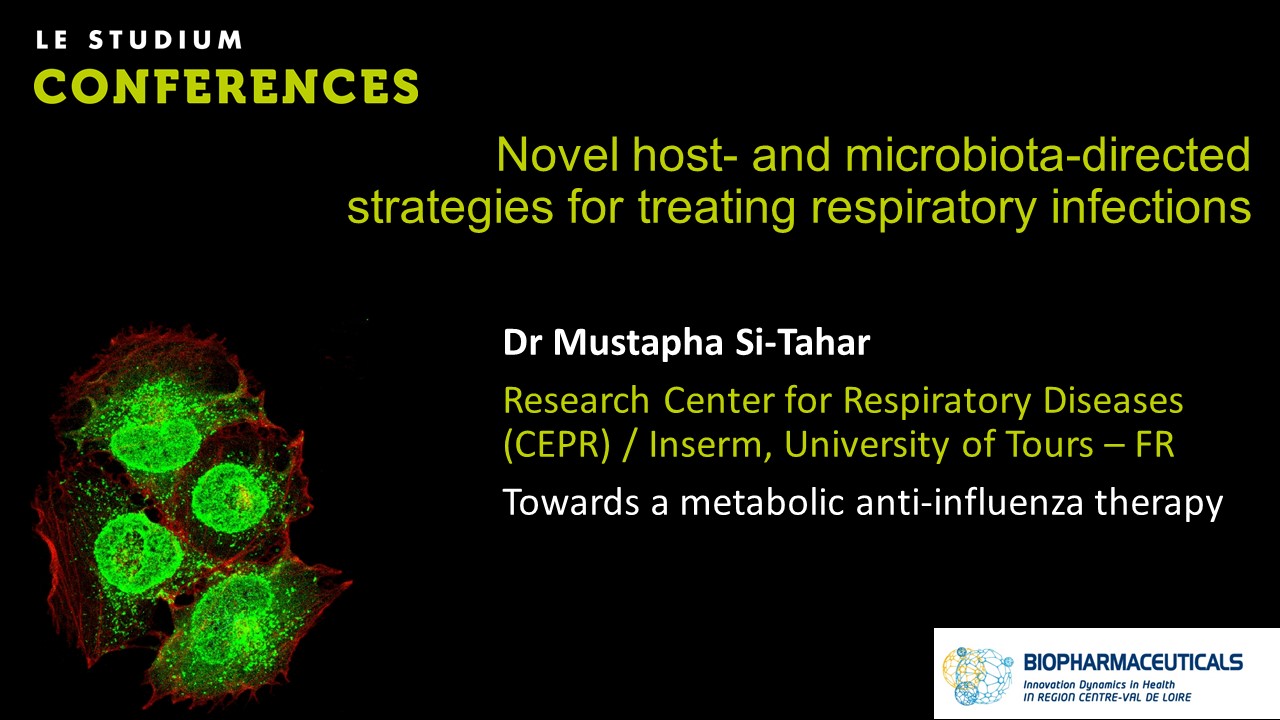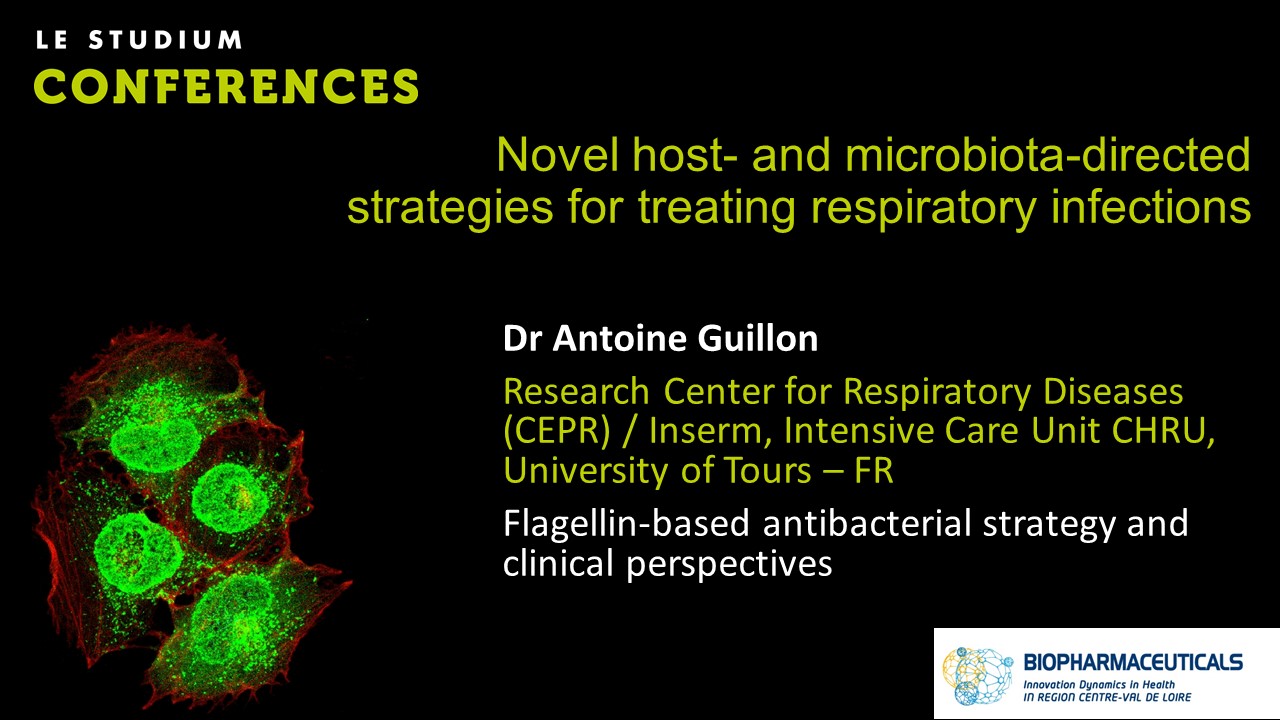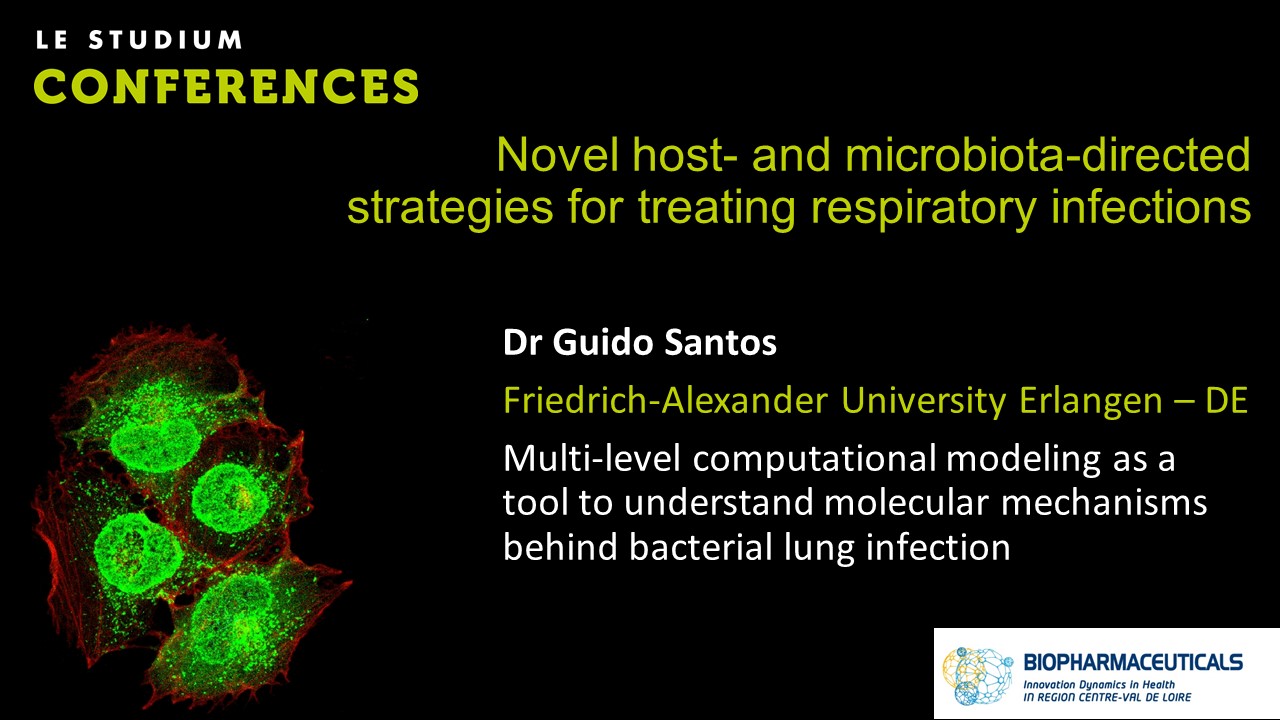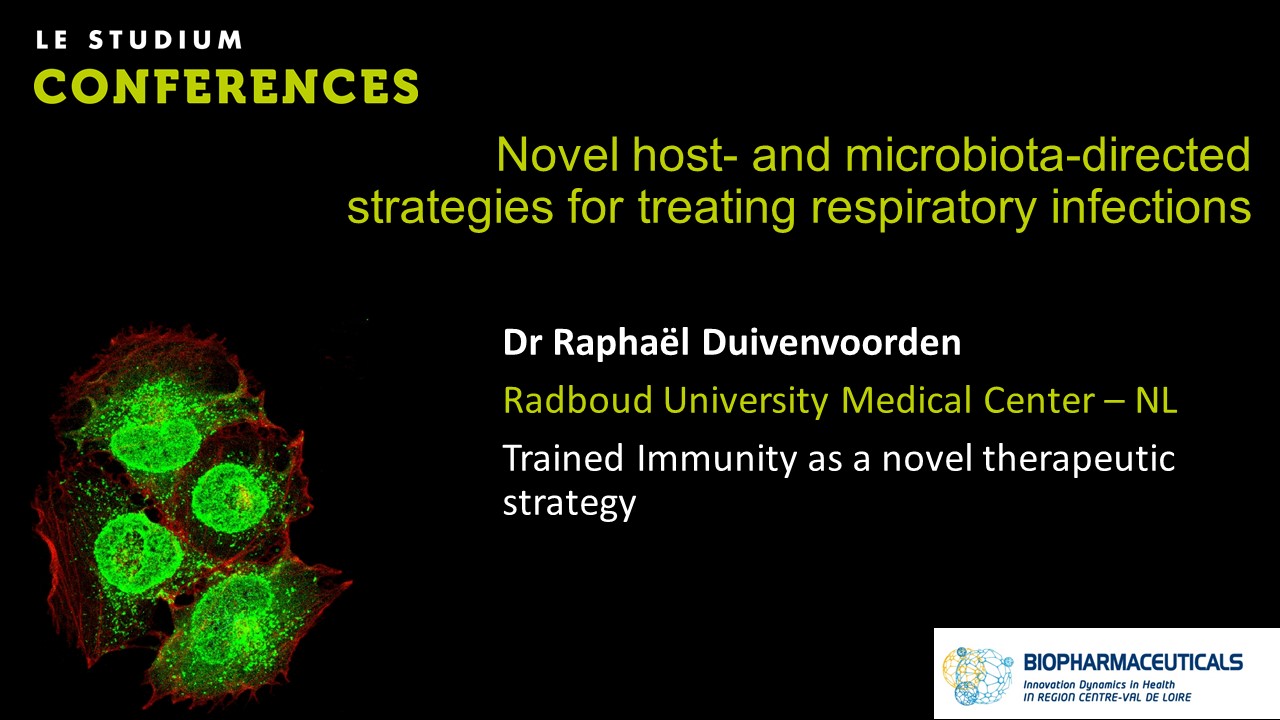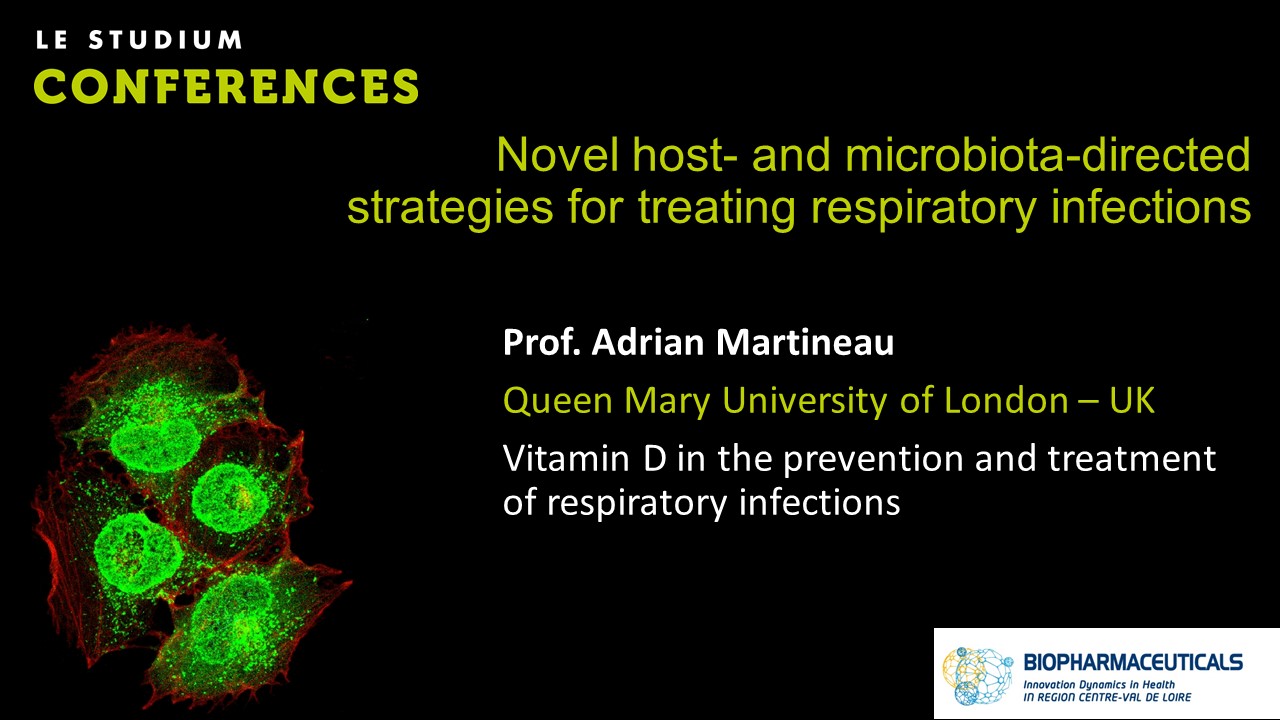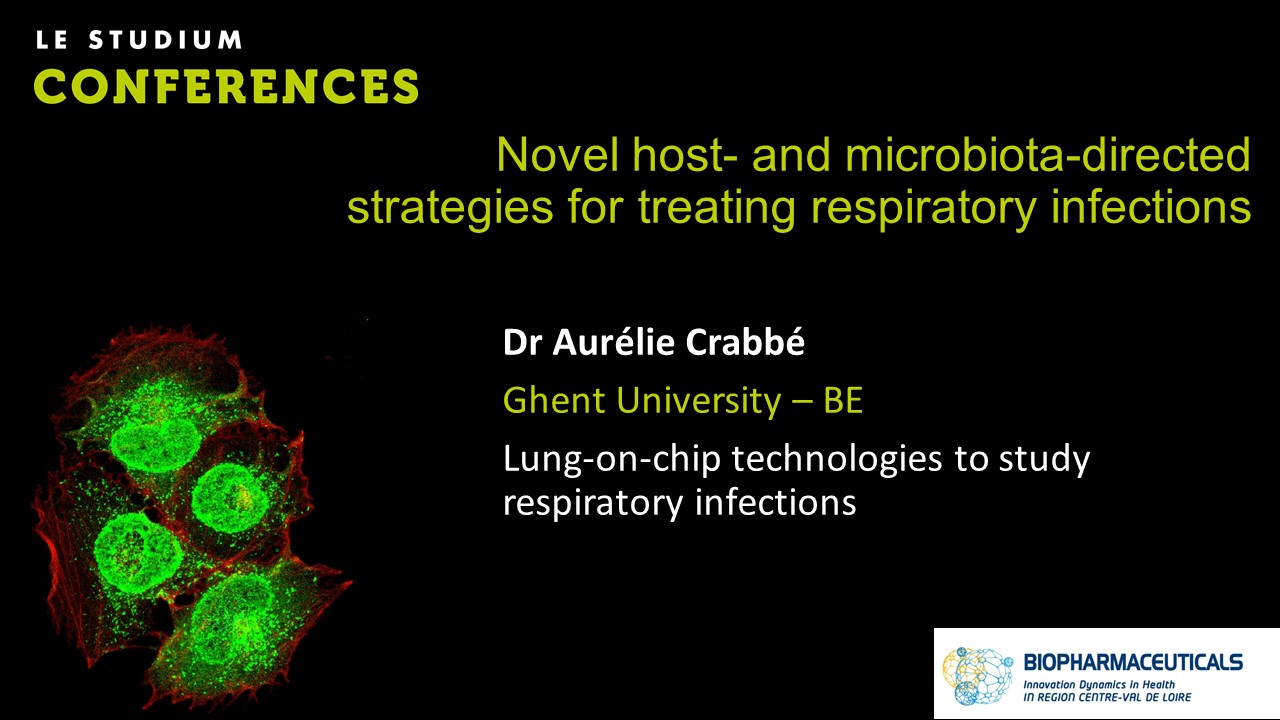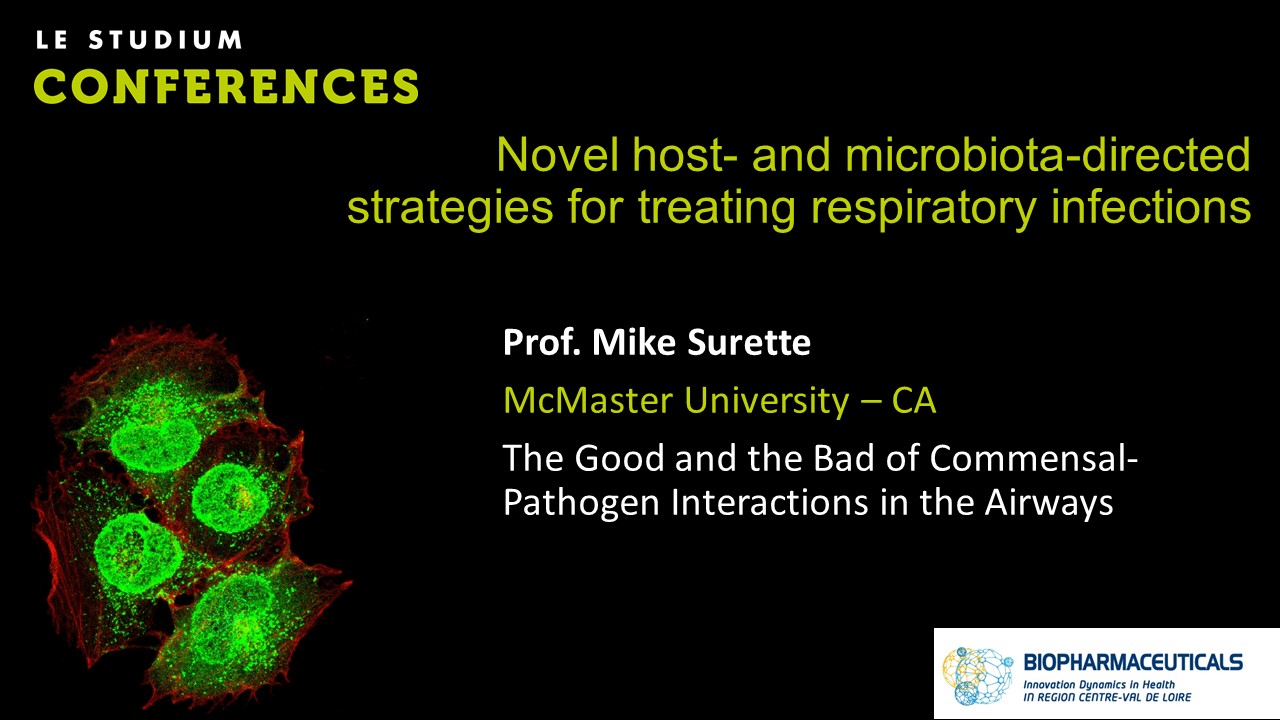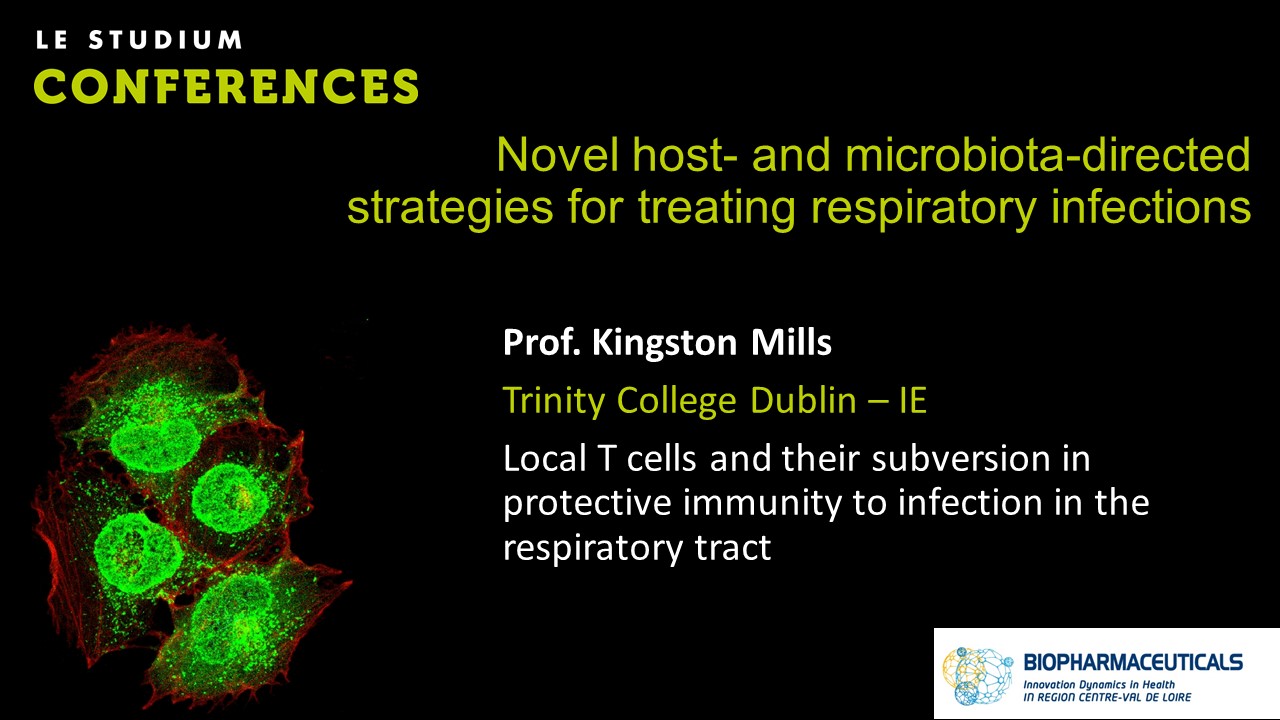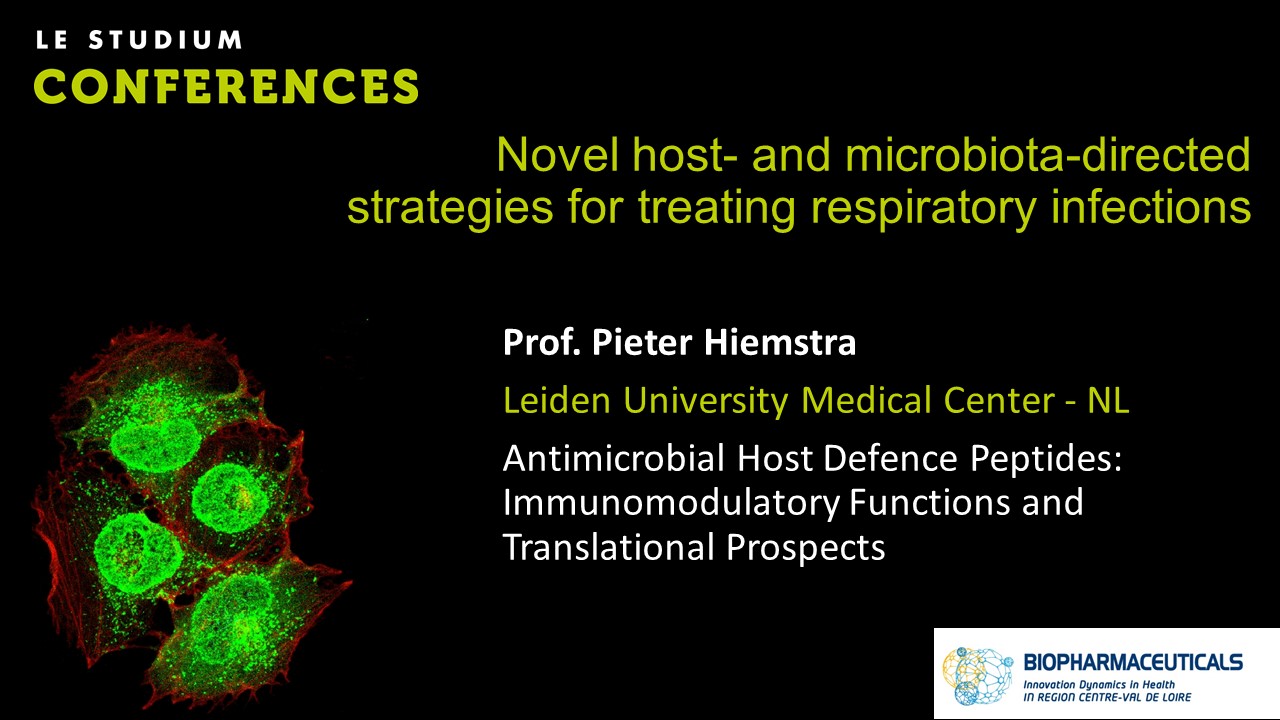Notice
Dr Rodrigo Guabiraba - Precision cut lung slices: a novel versatile tool to examine host–pathogen interactions in the chicken lung
- document 1 document 2 document 3
- niveau 1 niveau 2 niveau 3
Descriptif
The avianrespiratory tract is a common entry route for many pathogens and an importantdelivery route for vaccination in the poultry industry. Immune responses in theavian lung have mostly been studied invivo due to the lack of robust, relevant in vitro and ex vivomodels mimicking the mucosal microenvironment. Various principles of microbialinfection including pathogen tropism, replication, spread, and innateantimicrobial host responses can readily be studied in suitable cell or tissueculture models. Precision-cut lung slices (PCLS) have the major advantages ofmaintaining the 3-dimensional architecture of the lung and includesheterogeneous cell populations. PCLS have been obtained from a number ofmammalian species and from chicken embryos. However, as the embryonic lung isphysiologically undifferentiated and immunologically immature, it is lesssuitable to examine complex host-pathogen interactions including antimicrobialresponses. Together with our partners from the Roslin Institute (Edinburgh,UK), we have recently established the first protocols for preparing andculturing PCLS from immunological mature chickens (chPCLS) and for assessingavian influenza infection and the innate immune response. Further analyses will be focused on revealingvirulence-associated infection and/or host response patterns in chPCLS, whichmay help to improve our understanding of avian influenza pathogenesis and/oravian influenza virus pathotype evolution in gallinaceous poultry.
Dans la même collection
-
Dr Mustapha Si-Tahar - Towards a metabolic anti-influenza therapy
Influenza A virus (IAV) is the etiological agent of a contagious acute respiratory disease, which is associated with high morbidity and mortality. This virus also causes a considerable socio
-
Dr Antoine Guillon - Flagellin-based antibacterial strategy and clinical perspectives
Bacterial pneumonia is a leading cause of morbidity and mortality worldwide. Antibiotics constitute the standard of care but are faced with the emergence of antimicrobial resistance and the curative
-
Dr Guido Santos - Multi-level computational modeling as a tool to understand molecular mechanisms b…
Pneumonia is one of the most prevalent infectious diseases worldwide, whose main cause is the pathogen Streptococcus pneumoniae. This is an opportunistic disease affecting the most to sensitive
-
Dr Raphaël Duivenvoorden - Trained Immunity as a novel therapeutic strategy
Innate immune cells form a vital first line of defense against pathogens, and their activation upon recognition of pathogens is rapid and non-specific. For a long time it has been assumed that
-
Prof. Adrian Martineau - Vitamin D in the prevention and treatment of respiratory infections
Vitamin D is best known for its effects on calcium homeostasis, but a growing body of evidence shows that it also has extensive immunomodulatory actions. In this talk I will describe the effects of
-
Dr Aurélie Crabbé - Host metabolites modulate bacterial susceptibility to antibiotics
Antibiotic susceptibility of bacterial pathogens is typically evaluated using in vitro assays that do not consider the complex host microenvironment. This may help explaining a significant
-
Prof. Mike Surette - The Good and the Bad of Commensal-Pathogen Interactions in the Airways
The airways are colonized by a complex microbiota that varies in composition and density spatially throughout the respiratory tract, as well as temporally through the life-course. While the lower
-
Prof. Kingston Mills - Local T cells and their subversion in protective immunity to infection in th…
Respiratory infection with Bordetella pertussis causes whooping cough. The infection is controlled by innate immune responses, but complete bacterial clearance from the respiratory tract and
-
Prof. Pieter Hiemstra - Antimicrobial Host Defence Peptides: Immunomodulatory Functions and Transla…
Antimicrobial host defence peptides (AMPs) are effector molecules of the immune system. AMPs are considered as possible alternatives to conventional antibiotics for the treatment of respiratory

